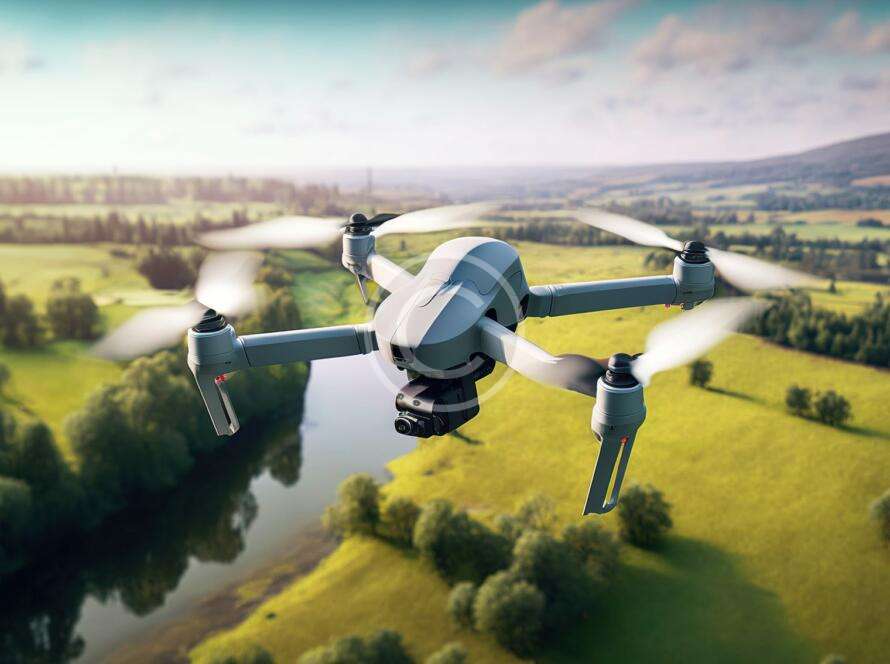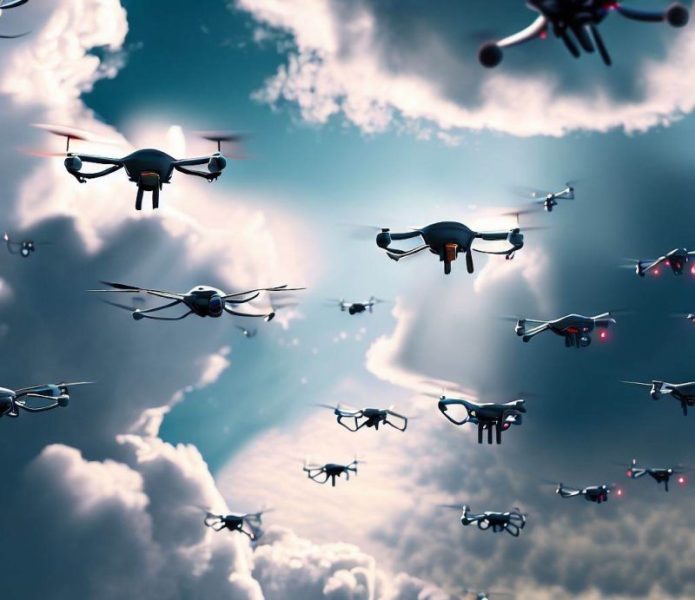From War to Wellness: The Evolution of Drones
Drones, once the exclusive domain of militaries, have now become a ubiquitous part of our lives. Their evolution, from simple remote-controlled aircraft to sophisticated autonomous machines, has been nothing short of remarkable.
Early Origins: Military Might
The concept of unmanned aerial vehicles (UAVs) dates back to the early 20th century, with the development of target drones for military training. These early drones were rudimentary, often controlled by wires or radio signals. World War II saw a significant advancement in drone technology, with the introduction of aircraft like the Radioplane OQ-2, used for target practice.
The Cold War and Beyond
The Cold War era witnessed a surge in drone development, driven by the need for reconnaissance and surveillance. The United States and the Soviet Union invested heavily in UAV programs, leading to the creation of more sophisticated models capable of longer flight times and carrying heavier payloads.
The Rise of Commercial Drones
The early 2000s marked a turning point for the drone industry, with the emergence of commercial drones. Initially expensive and difficult to operate, these drones were primarily used for aerial photography and videography. However, rapid technological advancements, coupled with decreasing costs, made them more accessible to the general public.
Modern Applications: Endless Possibilities
Today, drones have found applications in a wide range of industries and sectors. Some of the most common uses include:
- Agriculture: Drones are used for crop monitoring, pest control, and precision farming.
- Search and Rescue: Drones can be deployed to search for missing persons or disaster victims.
- Infrastructure Inspection: Drones can inspect bridges, power lines, and other critical infrastructure.
- Delivery Services: Companies are experimenting with using drones for package delivery.
- Film and Media: Drones have revolutionized filmmaking, providing stunning aerial footage.
- Wildlife Conservation: Drones are used to monitor wildlife populations and track illegal activities.
The Future of Drones: Sky’s the Limit
As technology continues to advance, we can expect to see even more innovative and sophisticated drones in the future. Some potential developments include:
- Autonomous Flight: Drones capable of fully autonomous navigation and decision-making.
- Increased Payload Capacity: Drones that can carry heavier payloads, such as medical supplies or emergency equipment.
- Enhanced Battery Life: Longer-lasting batteries that allow drones to stay airborne for extended periods.
- Integration with Other Technologies: Drones equipped with artificial intelligence, machine learning, and other cutting-edge technologies.
The evolution of drones has been a remarkable journey, from their military origins to their widespread commercial applications. As technology continues to advance, we can only imagine the exciting possibilities that lie ahead for these versatile and innovative machines.


